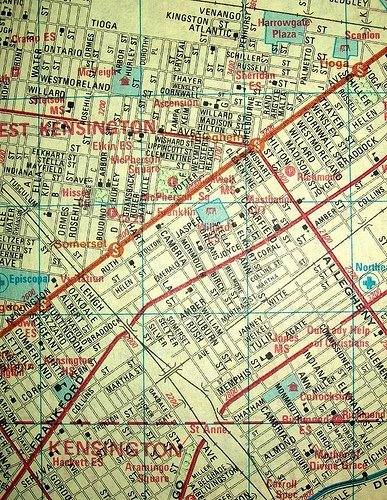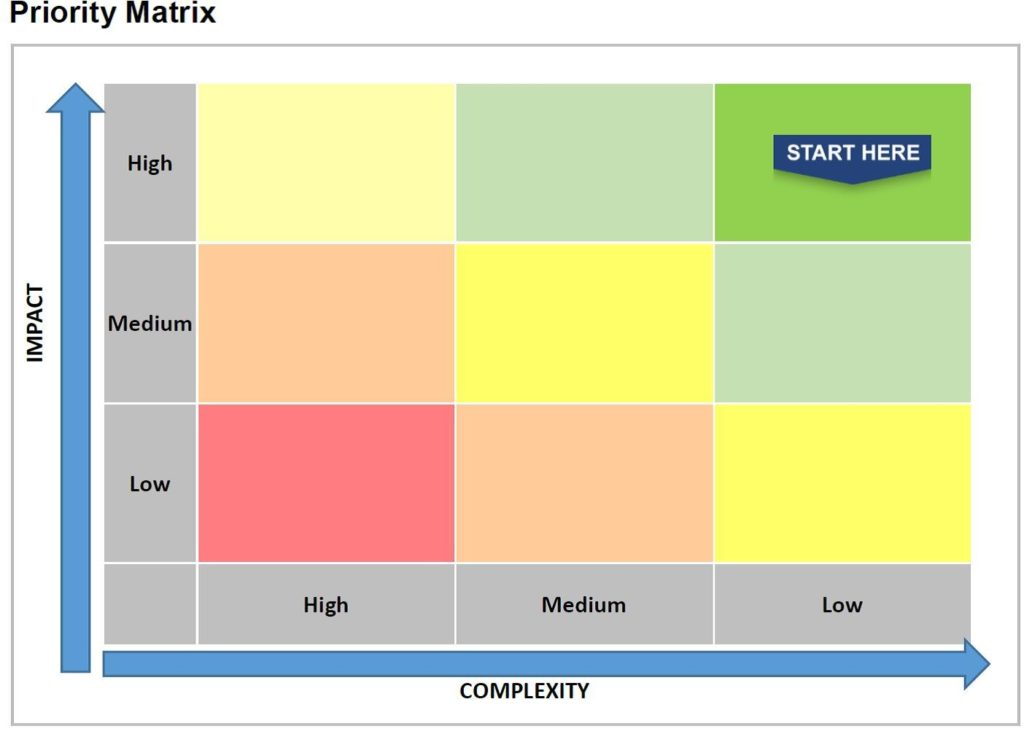Recently I wrote about improving adoption, a critical topic for associations looking to maximize results and ROI for their analytics initiatives. But what about associations that have not made the investment yet? What is the best way forward?
A great way to build support, articulate desired outcomes, and develop a collaborative plan for success is through strategy and discovery. In this process, you assess your current state and the desired future state, perform a gap analysis, and devise a plan of action.
The big question: What is your association doing now with analytics? Ask smaller questions, like these:
- What data is currently collected? How is it used?
- Does the current staff have the required analytical mindset and capabilities?
- Is there a process in place for data management and governance?
- What is the maturity level of your current infrastructure?
- Is an analytics effort supported by executives and business area leaders?
This assessment reveals areas for improvement – direct and indirect – that can be addressed with analytics. These include lost revenue and opportunities, loss of confidence in the data, inefficiencies, lost staff time and effort, and even damage to reputation.
Future State
The big question: What are your desired outcomes? These may include:
- Eliminating the information bottleneck created by relying on the IT department to create and update manual reports.
- Standardizing KPIs to monitor the health of the association.
- Achieving measurable improvement in specific areas that impact the strategic objectives, such as:
- Enabling a 360° view of individuals and organizations across all major business areas.
- Improving engagement with members and prospects.
- Segmenting member and customer populations based on demographics, explicit and implicit interests.
- Identifying opportunities to target new audiences or at-risk members.
- Building an association-wide culture of using analytics. Staff members are able to get the information they need to perform their jobs more efficiently without relying on IT. They’re able to have a conversation with data.
Getting There
Once the current situation and future goals are clearly understood and documented, it’s possible to create a simple analytics roadmap. In other words, the plan of action for advancing from now to the desired future state. Developing the roadmap involves performing a gap analysis, plus digging deeper into these three areas:
- Organizational: Structure, business rules and workflow, staff capabilities and availability
- Technical: IT environment and architecture, infrastructure, governance
- Data: Complete assessment of all data sources (including those that will be added) for content, structure and integration complexity.
Where do we start?
Although an analytics initiative is not a project — it’s a process of ongoing, continuous improvement — it is still important to show measurable progress quickly. Without it, you risk losing the momentum gained through the collaborative strategy and discovery process. A simple prioritization exercise will help identify areas with the best “bang for the buck.”
The roadmap should begin with areas that offer high business impact with relatively low integration complexity. Often, this means starting with membership data from your AMS, which is some of the highest quality and easily accessible data.
All analytics projects should begin with a strategy and discovery process. It is wise investment of time and resources that greatly increases the probability of lasting success for your analytics initiative. A properly conducted strategy and discovery phase will identify, clarify, and prioritize your association’s business areas for analysis, gain consensus on Strategic Objectives that can be advanced with data and solidify understanding of data sources, business rules, organizational structure, and culture in order to provide an accurate analytics roadmap with budget and timeline.





